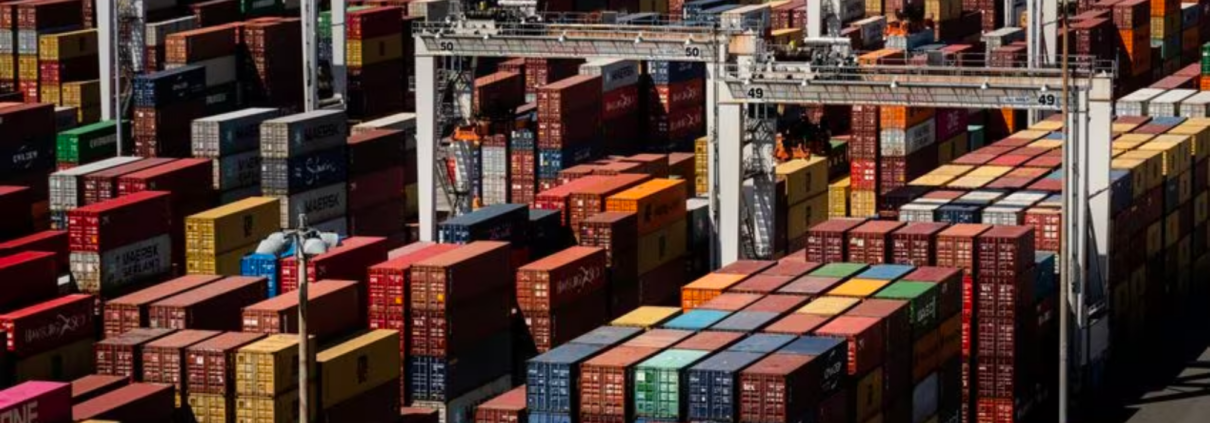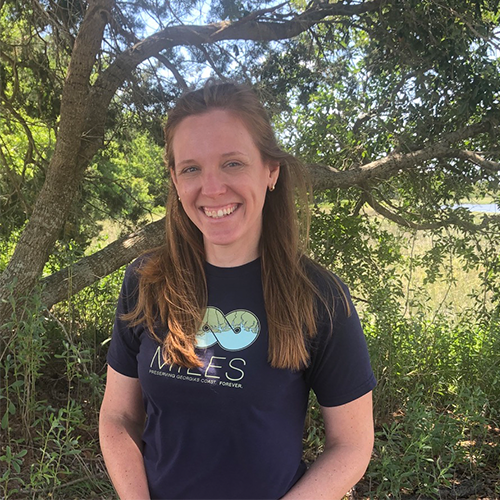Pollution on the Georgia Coast
From Cumberland to Tybee, Georgia’s one-hundred-mile coast fosters beauty and diversity both ecologically and culturally. As is typical of coastal communities, those who call this place home boast a strong bond with the water, relying on our coast for so much, from fun to work. On weekends, the beaches of Tybee, St. Simons, and more are littered with boats anchoring for a few hours of fun. At all hours of the day, container ships cruise into the deepwater ports of Savannah, one of the busiest ports in the U.S. While many of us enjoy a Saturday on the river or rely on the port system for a paycheck, what we often overlook is how these habits negatively impact the health of our environment and, consequently, our collective health.
Personal and commercial boats alike contribute to higher levels of carbon dioxide which the ocean absorbs. Ocean acidity has grown by 30% since the onset of the Industrial Revolution. Scientists attribute this increase in acidity to a chemical reaction triggered by higher carbon dioxide levels. Gray’s Reef National Marine Sanctuary predicts that waters within its coastal Georgia sanctuary are likely to experience up to a 26% increase in acidity by 2050.
What’s dangerous about a more acidic ocean? Increased acidity inhibits the ability of ocean life, such as coral and shellfish, to form and sustain shells and exoskeletons. Suffering reefs have a domino effect on the entire marine ecosystem, leading to decreasing populations of fish and other marine animals, which are vital food and income sources for many Georgians.
Pollution from boating and shipping contributes greatly to carbon dioxide emissions as well as the global level of greenhouse gas emissions. A paper from the Office of Energy Efficiency and Renewable Energy holds that “if the maritime industry was its own country, it would rank sixth on the list of largest [greenhouse gas] emitters globally.”
Not only do these emissions impact marine life and function, but they also maim, in many cases, the health of coastal communities, especially those with bustling ports like those in Savannah and Brunswick. In these communities, heavy pollution contributes to increased risks of heart and lung diseases, as well as water and soil pollution that leaks into drinking water and food sources. The communities most impacted by these health issues on our coast are often low-income and/or communities of color.
How do we mitigate our impact on our coast? Is there a way to balance economic success with healthy oceans and communities?
A bustling port with a lower environmental impact is possible, with some conscious adjustments to shipping habits and technologies. Innovative fuel sources such as low-carbon fuel, increased energy efficiency, carbon capture/storage, and electric power sources are all possible options.
On an individual level, donating to local environmental groups and initiatives, attending meetings with local lawmakers, and being attentive to personal emissions moves us closer to a lucrative yet sustainable future for Georgia’s coast. For the sake of our homes, livelihood, and health, we should all advocate for a healthy Georgia coast.
•
This piece was written by c/o 2024 YELP student Ava Harris as part of her Action Project addressing pollution on Georgia’s coast.
ADDITIONAL RESOURCES
- “How We Can Make Ports More Sustainable — And Why it Matters” from the Columbia Climate School (Columbia University)
- “Efforts To Cut Georgia Ports’ Emissions Lack Concrete Goals” from Inside Climate News and Georgia Public Broadcasting
- Reports from the Georgia Ports Authority (GPA)
- Georgia Ports Authority Reduces Diesel Emissions, Improves Efficiency, and Saves Costs
- GPA’s commitment to sustainability
- GPA’s Environmental Stewardship goals









 One Hundred Miles
One Hundred Miles

